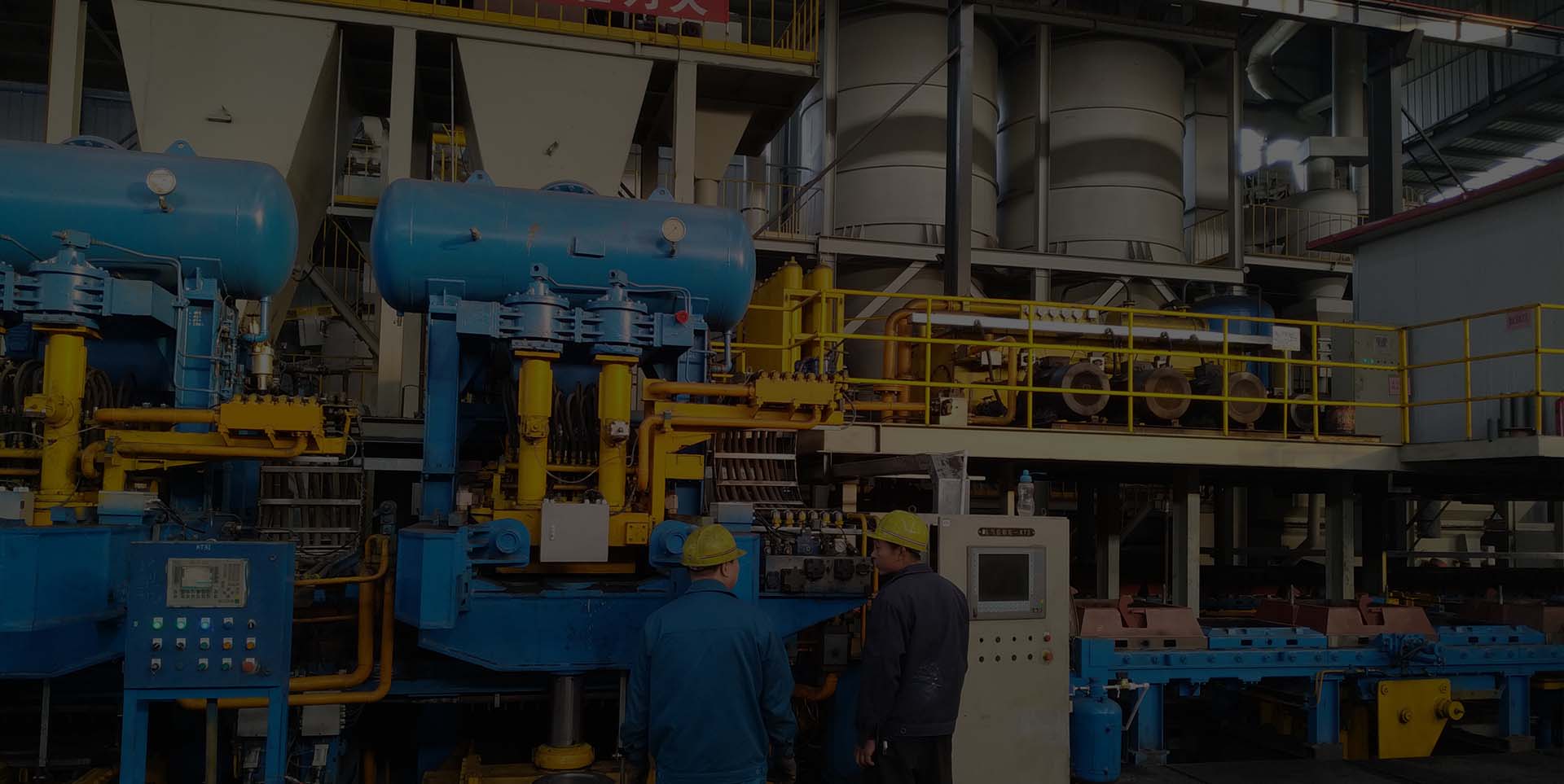
-
 Afrikaans
Afrikaans -
 Albanian
Albanian -
 Amharic
Amharic -
 Arabic
Arabic -
 Armenian
Armenian -
 Azerbaijani
Azerbaijani -
 Basque
Basque -
 Belarusian
Belarusian -
 Bengali
Bengali -
 Bosnian
Bosnian -
 Bulgarian
Bulgarian -
 Catalan
Catalan -
 Cebuano
Cebuano -
 Corsican
Corsican -
 Croatian
Croatian -
 Czech
Czech -
 Danish
Danish -
 Dutch
Dutch -
 English
English -
 Esperanto
Esperanto -
 Estonian
Estonian -
 Finnish
Finnish -
 French
French -
 Frisian
Frisian -
 Galician
Galician -
 Georgian
Georgian -
 German
German -
 Greek
Greek -
 Gujarati
Gujarati -
 Haitian Creole
Haitian Creole -
 hausa
hausa -
 hawaiian
hawaiian -
 Hebrew
Hebrew -
 Hindi
Hindi -
 Miao
Miao -
 Hungarian
Hungarian -
 Icelandic
Icelandic -
 igbo
igbo -
 Indonesian
Indonesian -
 irish
irish -
 Italian
Italian -
 Japanese
Japanese -
 Javanese
Javanese -
 Kannada
Kannada -
 kazakh
kazakh -
 Khmer
Khmer -
 Rwandese
Rwandese -
 Korean
Korean -
 Kurdish
Kurdish -
 Kyrgyz
Kyrgyz -
 Lao
Lao -
 Latin
Latin -
 Latvian
Latvian -
 Lithuanian
Lithuanian -
 Luxembourgish
Luxembourgish -
 Macedonian
Macedonian -
 Malgashi
Malgashi -
 Malay
Malay -
 Malayalam
Malayalam -
 Maltese
Maltese -
 Maori
Maori -
 Marathi
Marathi -
 Mongolian
Mongolian -
 Myanmar
Myanmar -
 Nepali
Nepali -
 Norwegian
Norwegian -
 Norwegian
Norwegian -
 Occitan
Occitan -
 Pashto
Pashto -
 Persian
Persian -
 Polish
Polish -
 Portuguese
Portuguese -
 Punjabi
Punjabi -
 Romanian
Romanian -
 Russian
Russian -
 Samoan
Samoan -
 Scottish Gaelic
Scottish Gaelic -
 Serbian
Serbian -
 Sesotho
Sesotho -
 Shona
Shona -
 Sindhi
Sindhi -
 Sinhala
Sinhala -
 Slovak
Slovak -
 Slovenian
Slovenian -
 Somali
Somali -
 Spanish
Spanish -
 Sundanese
Sundanese -
 Swahili
Swahili -
 Swedish
Swedish -
 Tagalog
Tagalog -
 Tajik
Tajik -
 Tamil
Tamil -
 Tatar
Tatar -
 Telugu
Telugu -
 Thai
Thai -
 Turkish
Turkish -
 Turkmen
Turkmen -
 Ukrainian
Ukrainian -
 Urdu
Urdu -
 Uighur
Uighur -
 Uzbek
Uzbek -
 Vietnamese
Vietnamese -
 Welsh
Welsh -
 Bantu
Bantu -
 Yiddish
Yiddish -
 Yoruba
Yoruba -
 Zulu
Zulu
Drum Brakes with Replaceable Friction Material | Optimal Performance & Safety
Understanding Drum Brakes and Replaceable Friction Materials
Drum brakes are a crucial component in the braking systems of many vehicles, especially older models and heavier vehicles. Unlike disc brakes, which use a flat rotor and clamp onto it with calipers, drum brakes operate using a hollowed-out drum that rotates with the wheel. When the brake pedal is pressed, the brake shoes inside the drum expand outward, pressing against the inner surface of the drum to create friction, which slows down the vehicle.
One of the most significant aspects of drum brakes is the use of replaceable friction material, commonly referred to as brake linings or brake shoes. This material plays an essential role in the braking process and has several important characteristics that contribute to effective braking performance.
The Importance of Friction Material
Friction material is critical because it is the component that physically creates the friction necessary to slow down or stop the vehicle. Over time, the friction material wears down due to constant use, generating heat and friction during braking. This wear can lead to decreased braking efficiency, increased stopping distances, and can even pose safety risks if not addressed.
Manufacturers typically design brake shoes with replaceable friction linings so that when they wear out, drivers can replace only the linings rather than the entire brake assembly
. This not only saves money but also reduces waste and enhances sustainability efforts in the automotive industry.Types of Friction Materials
Friction materials used in drum brakes can be made from a variety of compounds, each having its unique properties. Historically, these materials were often asbestos-based due to their excellent heat resistance. However, due to health concerns linked to asbestos exposure, most modern brake linings are constructed from safer alternatives such as organic compounds, semi-metallic materials, or ceramic composites.
drum brakes use replaceable friction material called

1. Organic Materials These are typically made from materials like rubber, fibers, and resins that offer good performance while being quieter and generating less dust. They are suitable for light to medium-duty applications.
2. Semi-Metallic Materials These compositions contain metal fibers, which enhance their thermal conductivity and durability. They provide excellent stopping power and heat dissipation but can be noisier and generate more dust, making them ideal for heavy-duty vehicles.
3. Ceramic Materials Ceramic brake linings are designed for superior performance and longevity. They are highly resistant to heat, offer smooth braking performance, and produce minimal dust, making them popular among high-performance vehicles.
Maintaining Drum Brakes
Regular inspection and maintenance of drum brakes are essential to ensure safe driving conditions. Mechanics typically recommend checking the brake shoes for wear, measuring the thickness of the friction material, and inspecting the condition of the drum itself. If the friction material is worn down beyond acceptable limits, replacement is necessary.
Replacing the friction material is usually a straightforward job for a qualified mechanic, but vehicle owners can also take steps to prolong the life of their drum brakes, such as avoiding severe braking whenever possible and maintaining proper wheel alignment.
Conclusion
In summary, replaceable friction material is a vital component of drum brakes. Understanding the significance and types of friction materials can help vehicle owners make informed decisions about their brake maintenance and replacement. Regular checks and proactive replacements not only enhance the performance of braking systems but also contribute to overall vehicle safety. Whether you drive an older vehicle with drum brakes or a newer model with advanced braking systems, being informed about brake maintenance is essential for any driver.
-
What Are Drum BrakesNewsJul.07,2025
-
Understanding Brake Drum MaterialNewsJul.07,2025
-
Semi-Trailer Brake Drum: A Key Component for Extreme Loads and Long-Distance TransportNewsJul.07,2025
-
Drum Brake Pads for SaleNewsJul.07,2025
-
Brake Drums for SaleNewsJul.07,2025
-
Brake Drum ManufacturerNewsJul.07,2025
-
Aluminum Brake Drums: The Future of High-Performance CarsNewsJul.07,2025
